Imagine a plant that is not only visually stunning but also purifies the air, requires minimal maintenance, and can adapt to various environments. Enter the world of dracaena plants, a diverse group of tropical plants that can transform any space into a lush, green oasis.
Ready to dive into the world of dracaena varieties and care tips? Let’s begin!
Short Summary
Dracaena plants offer a wide variety of indoor and outdoor varieties with striking foliage.
Variegated Dracaena Plants are popular houseplants due to their unique and colorful foliage, while understanding light, water, and soil requirements is essential for health and vitality.
Pet owners should exercise caution as dracaena can be toxic to pets. Air purifying qualities make them beneficial for home use.
The Beauty of Dracaena Varieties

Dracaena plants, also known as corn plants or snake plants, captivate plant enthusiasts with their striking foliage and distinctive growth patterns. These tropical plants belong to the dracaena genus and can be categorized into indoor and outdoor varieties, each offering its own unique charm and aesthetic appeal.
Dracaena plants boast spear- or grass-shaped leaves that emerge from one or more stout, fleshy, cane-like main stems, making them a standout choice for any space.
To appreciate the full splendor of dracaena plants, let’s delve into their indoor favorites, outdoor wonders, and variegated beauties that can elevate the ambiance of any room or garden.
Indoor Dracaena Favorites
When it comes to indoor plants, the types of dracaena plants are popular choices, including Janet Craig, Lemon Lime, and Lucky Bamboo. These plants adapt well to low and bright light conditions, making them a versatile choice for any indoor space.
Their upright woody stems, long pointed lanceolate arching leaves, and bushy foliage create a striking visual impact, perfect for adding a touch of nature to any room.
The Limelight Dracaena is another eye-catching option, with its lime green foliage that adds a pop of color even in areas where other plants with green leaves may struggle to survive. With their attractive foliage and easy care, indoor dracaena plants are sure to become a cherished addition to your home.

Outdoor Dracaena Wonders
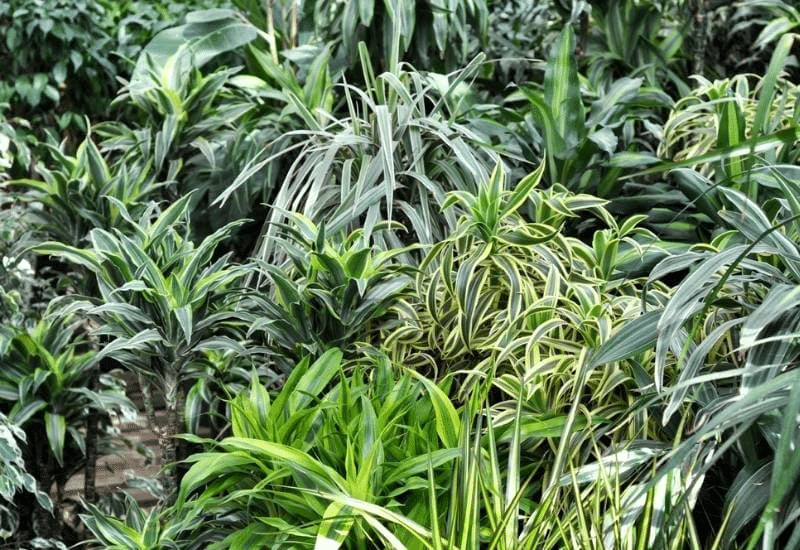
For those looking to enhance their outdoor spaces, consider the Red Blood Dragon Tree, African Dragon Tree, and Madagascar Dragon Tree, all of which can make a tropical statement in your garden or landscape.
The African Dragon Tree boasts thin, upright and straight trunks with light brown horizontal stripes, and a unique globe or pom-pom-like crown of hard, pointed leaves. This tree is versatile and can thrive in various themed gardens, such as poolside settings or Mediterranean gardens, and even in containers.
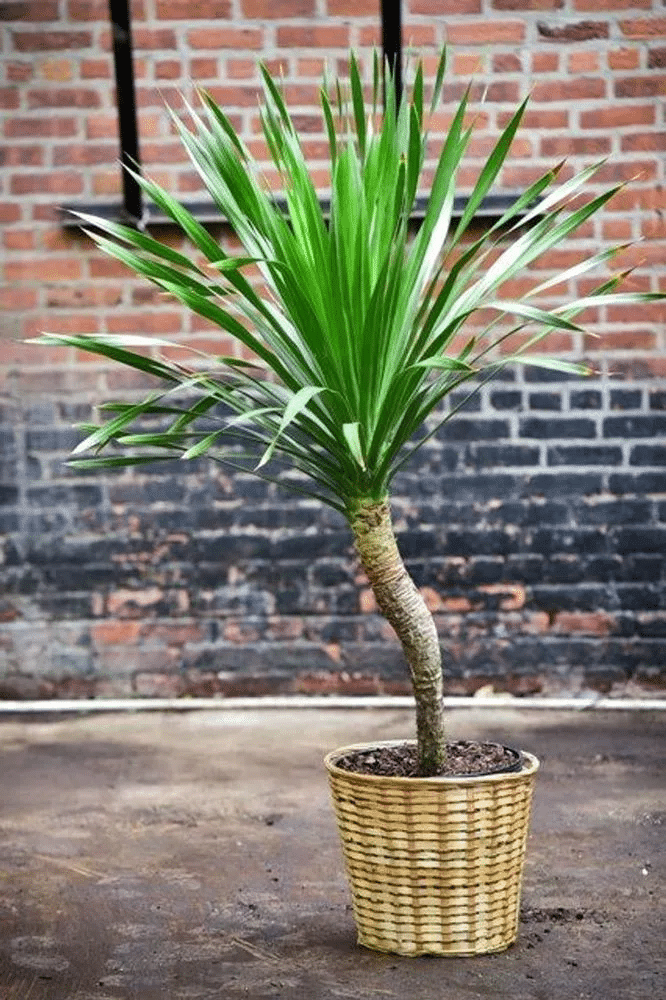
The Red Blood Dragon Tree, also known as dracaena arborea, is another majestic outdoor dracaena variety, showcasing a soft-textured trunk and branches covered with warm light brown paper peel, and a dense, umbrella-like structure of blue-green succulent blades. Its flat, disk-shaped crown provides ample shade, making it a focal point in any green space. This species is closely related to dracaena trifasciata, commonly known as the snake plant.
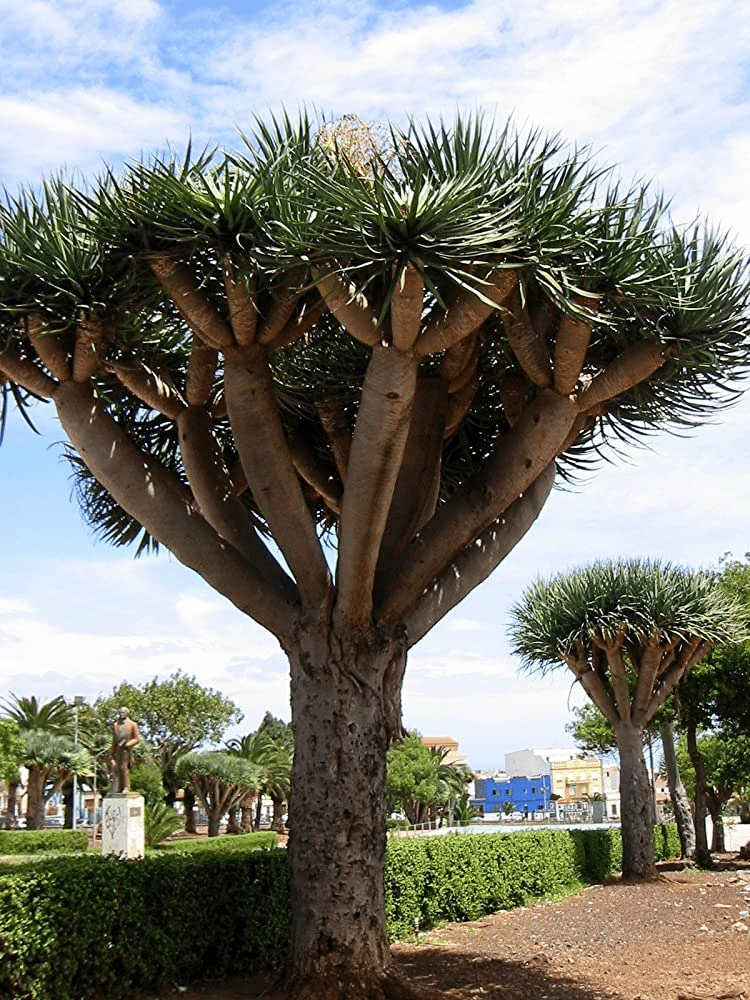
These outdoor dracaena varieties are guaranteed to add a tropical touch to your garden or landscape.
Variegated Dracaena Plants
For those seeking a touch of color and visual interest, variegated dracaena plants are the perfect choice. Gold Dust Dracaena and Song of India are two examples of dracaena plants with variegated leaves that can add a vibrant splash of color to your space.
Gold Dust Dracaena features broad, elliptical leaves adorned with a variegated pattern, making it a stunning addition to any room.
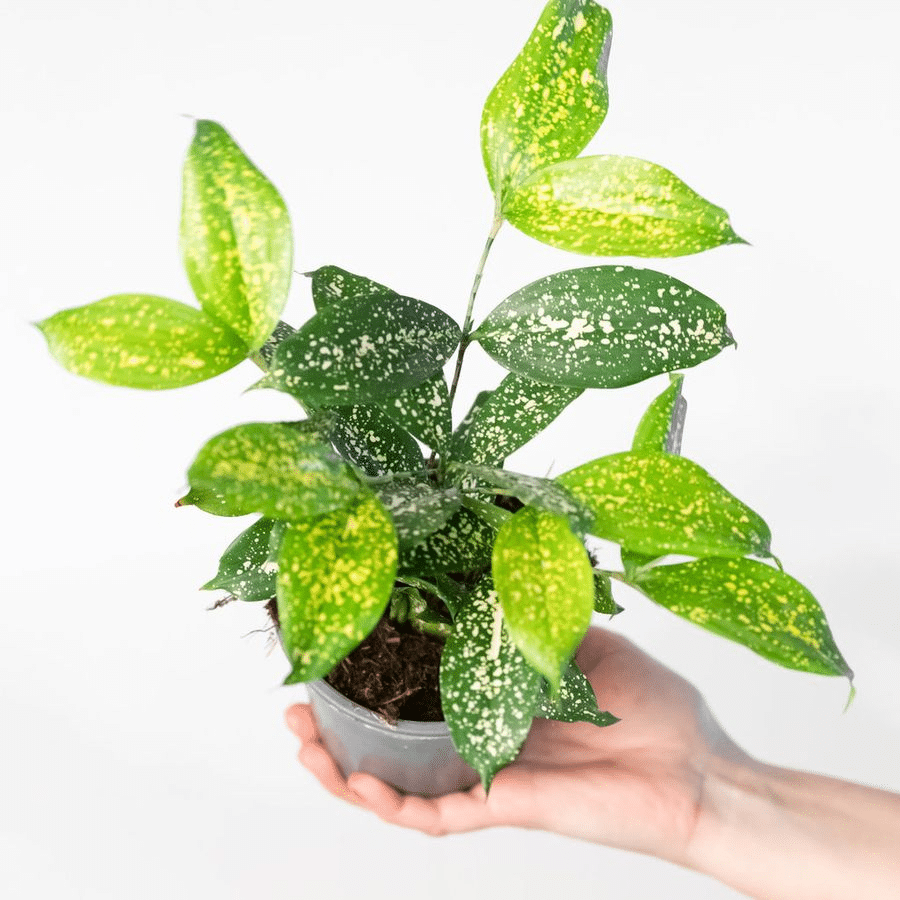
Song of India, on the other hand, boasts striking dark green stripes on its dark green leaves, providing a captivating visual contrast.
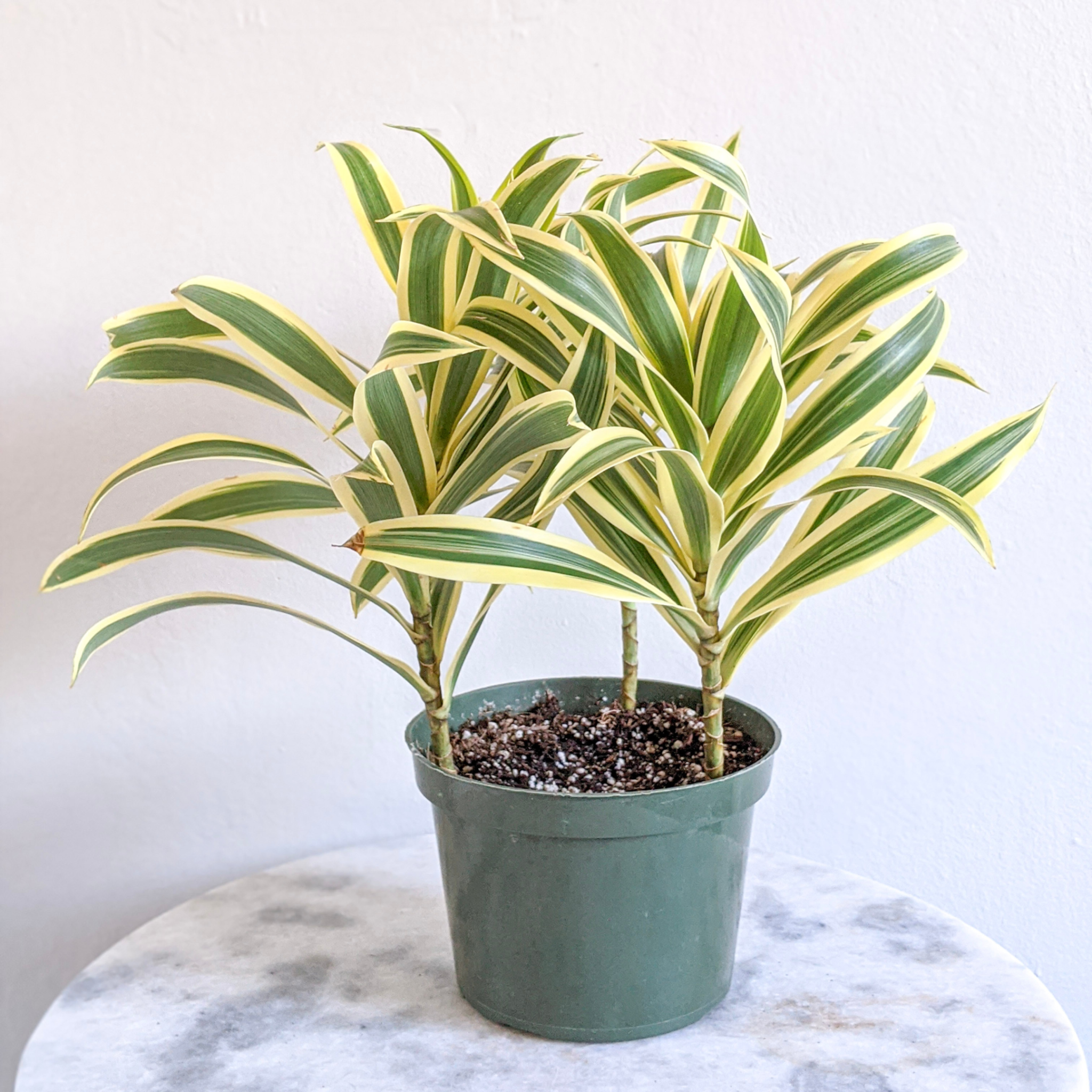
With their unique and colorful variegated foliage, dracaena plants, including the popular dracaena fragrans and dracaena marginata, are sure to impress and enliven any space.
Dracaena Care Essentials

While dracaena plants are known for their low-maintenance nature, it is essential to understand and cater to their basic care needs to ensure their health and vitality. In this section, we will explore the fundamental care requirements for dracaena plants, focusing on their light, water, and soil needs.
To provide the best care for your dracaena plant, it is crucial to understand their preferences in terms of light exposure, watering frequency, and soil composition. Let’s dive into each of these elements to ensure your dracaena plants thrive.
Light Requirements
Dracaena plants generally prefer indirect sunlight, with some varieties tolerating low light conditions. For example, the Janet Craig Dracaena is tolerant of low light, while the Hawaiian Sunshine Dracaena thrives in bright, indirect light.
It is essential to provide your dracaena plant with the appropriate lighting conditions to promote healthy growth and prevent legginess or leaf burn. Remember that specific varieties of dracaena may have different light requirements, and too much direct sunlight can damage their foliage.
Watering Needs
Dracaena plants are known for their drought resistance and should be watered when the soil surface has dried. Proper watering is crucial for maintaining healthy growth, as overwatering can lead to root rot and discoloration of the leaves.
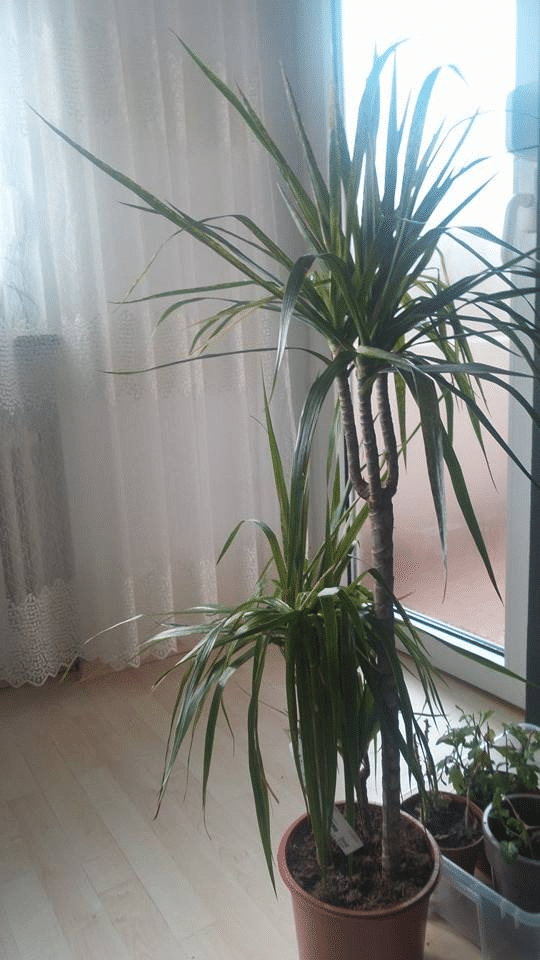
It is worth noting that the Lemon Surprise Dracaena requires less water in low light areas and should be planted in well-drained soil. Each dracaena variety may have different watering requirements, so it is essential to monitor your plant’s soil moisture and adjust your watering schedule accordingly.
Consistent care will help your dracaena plant maintain its vibrant foliage and strong root system.
Soil and Fertilization
The ideal soil mixture for dracaena plants is a combination of one part peat moss, one part houseplant soil, and one part perlite, which provides excellent drainage and a slightly acidic environment.
During the growing season, from spring to early autumn, it is recommended to fertilize dracaena plants once a month with a water-soluble commercial houseplant fertilizer.
Providing your dracaena plant with the appropriate soil mixture and fertilization schedule will ensure that it has the nutrients it needs to grow strong and healthy.
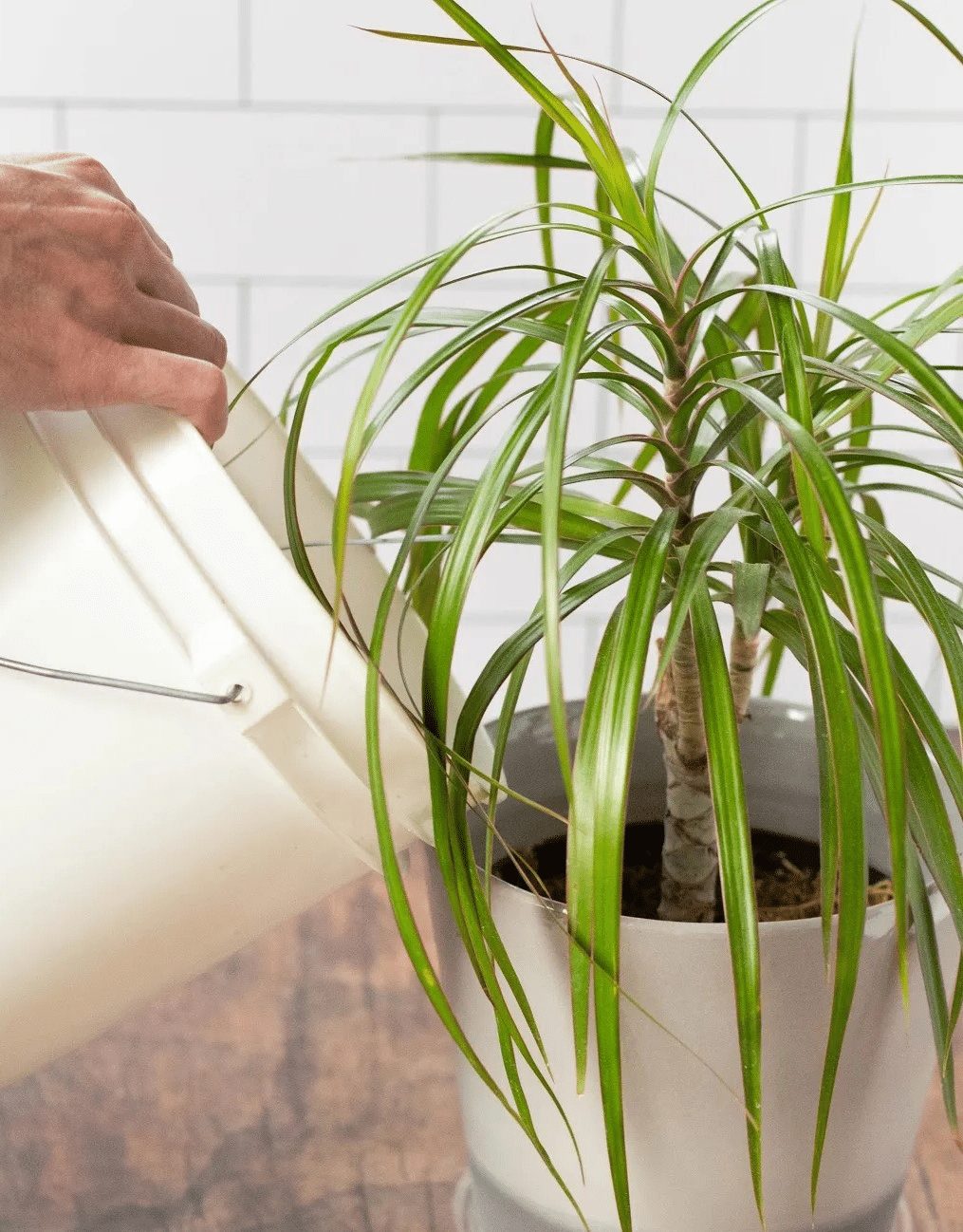
Remember that different dracaena varieties may have specific soil and fertilization requirements, so be sure to cater to their individual needs.
Propagating Dracaena Plants
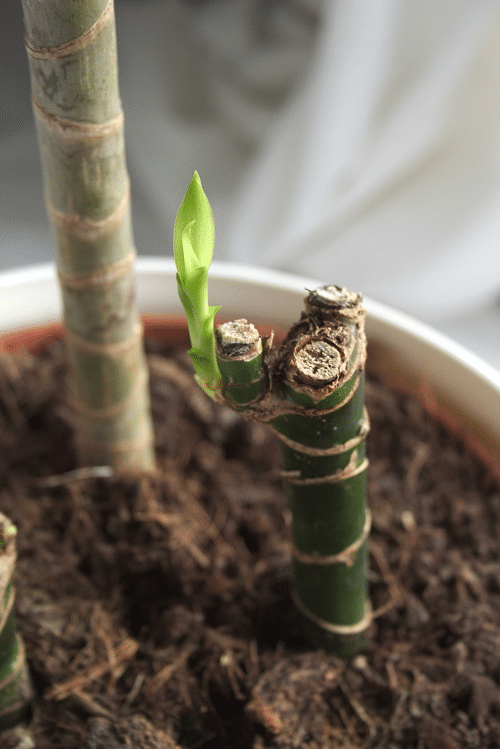
Propagating dracaena plants is a rewarding and straightforward process that allows you to multiply your collection or share these stunning plants with friends and family.
In this section, we will explore the step-by-step process for propagating dracaena plants from cuttings, including choosing the right cutting, rooting, and transplanting.
Choosing the Right Cutting
The key to successful propagation begins with selecting a healthy, disease-free stem or leaf for your cutting. Look for a stem with at least two nodes and several leaves, ensuring that the parent plant is strong and healthy.
This will give your new dracaena plant the best possible start in life and maximize the chances of successful propagation.
Rooting Process
Once you have selected the perfect cutting, it’s time to root it. Dracaena cuttings can be rooted in either water or a well-draining potting mix, such as the one mentioned earlier in this article.
To begin the rooting process, remove the lower leaves from the cutting, dip the cut end in rooting hormone, and plant it in the potting mixture.
Water is the simplest method for rooting dracaena cuttings. Fill a container with water and place the cutting in it. Make sure the cut end is submerged. Change.
Transplanting
After your dracaena cutting has developed a healthy root system, it’s time to transplant it into a larger pot or your garden. Be sure to choose a location with the appropriate lighting conditions for your dracaena variety, as discussed earlier in this article.
With proper care and attention, your newly propagated dracaena plant will continue to grow and thrive, adding beauty and elegance to your space.

Dracaena Plant Safety
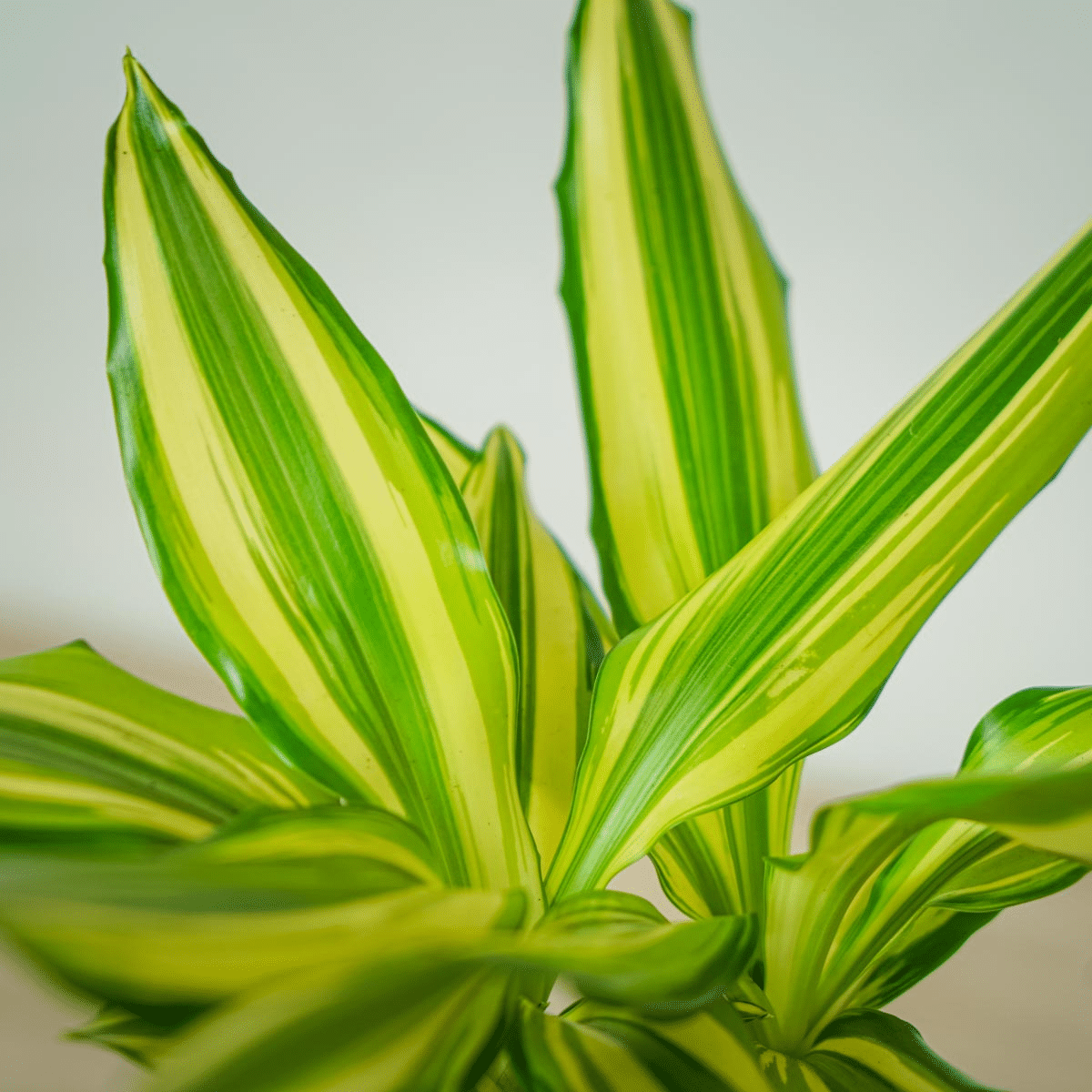
While dracaena plants are a popular choice for their striking appearance and low-maintenance care, it is important to be aware of their safety for both pets and humans.
In this section, we will discuss the potential toxicity of dracaena plants to pets, as well as their air-purifying qualities and potential alternatives for pet owners.
Dracaena plants contain saponins, which can be toxic to cats and dogs if ingested. Symptoms of toxicity include vomiting, diarrhea, and depression. It is important to keep these types of dracaena plants out of reach of pets, as even small amounts of saponin can be harmful to pets.
Toxicity to Pets
Dracaena plants, including the popular corn plant, are toxic to pets such as cats and dogs, causing symptoms like vomiting and diarrhea if ingested. It is essential for pet owners to be aware of this potential hazard and take appropriate precautions to prevent their pets from consuming any part of a dracaena plant.
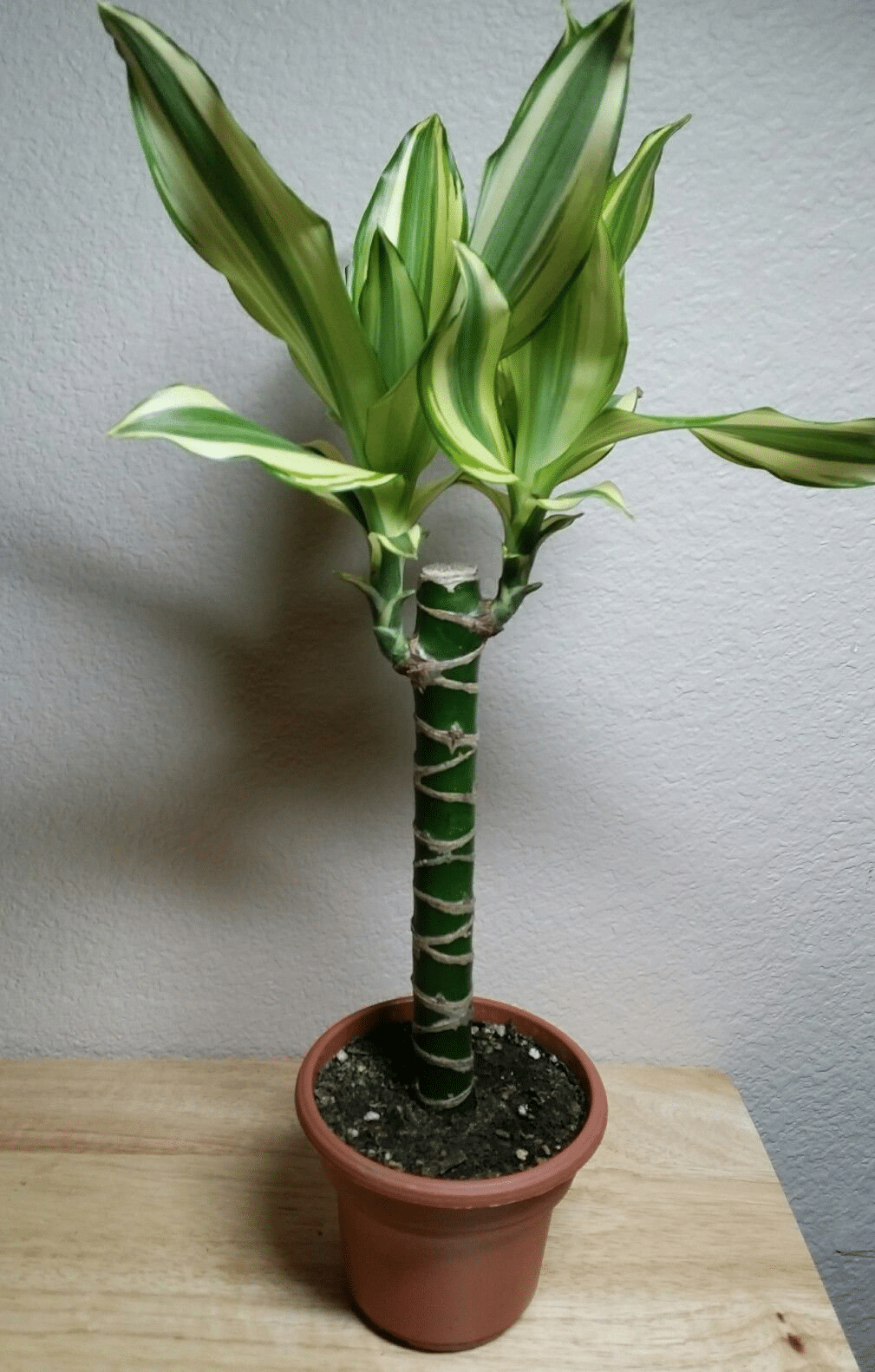
Pet owners should keep their dracaena plants out of reach of their pets, and consider using a pet-proof barrier to keep their pets away from the plants. Additionally, pet owners should be sure to clean up any fallen leaves or stems.
Non-Toxic Dracaena Alternatives
For pet owners seeking non-toxic alternatives to dracaena plants, options such as the Money Tree, Areca Palm, Flamingo Lily, Banana Tree, Peace Lily, Spider Plant, and Cactus are available. These plants are safe for pets and can provide a similar aesthetic to dracaena plants while being easier to care for and maintain.

By choosing non-toxic alternatives, pet owners can still enjoy the beauty of plants without putting their furry friends at risk.
Air-Purifying Qualities
Dracaena plants are not only visually stunning, but they also possess air-purifying qualities, making them an ideal choice for indoor spaces. Dracaena species, such as Dracaena Reflexa, are known for their ability to remove toxins such as formaldehyde, benzene, acetone, ammonia, trichloroethylene, and carbon from indoor air.
By adding dracaena plants to your space, you can improve the air quality and enjoy a healthier living environment.
Dracaena Troubleshooting
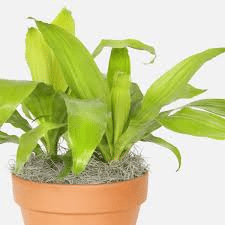
Even the most experienced plant caretakers can encounter challenges when it comes to maintaining the health and beauty of their dracaena plants. In this section, we will address common issues that may arise, such as browning leaves, pests, and growth challenges, and provide practical solutions to help your dracaena plants thrive.
By understanding the potential problems that may occur and learning how to address them effectively, you can ensure that your dracaena plants remain healthy and vibrant for years to come.
Browning Leaves
Browning leaves in dracaena plants can be caused by a variety of factors, including low humidity, overwatering, or exposure to direct sunlight.
To remedy this issue, identify the cause and take the necessary steps, such as flushing the soil with clean water, misting the leaves, or adjusting your watering frequency.
By addressing the root cause of the browning leaves, you can help your dracaena plant maintain its vibrant foliage and robust growth.
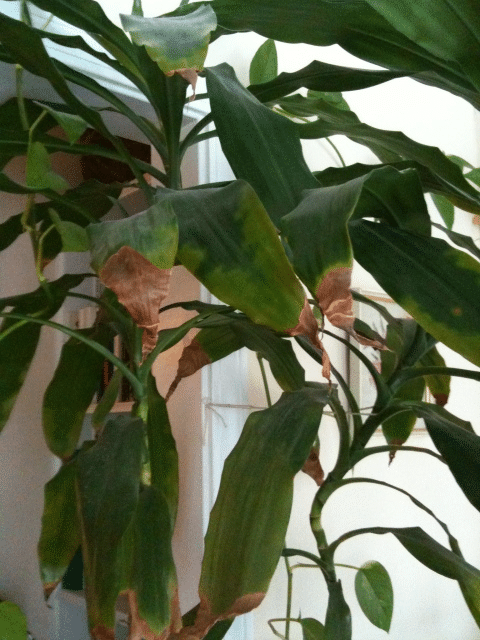
Pests and Diseases
Dracaena plants can be affected by pests such as spider mites and mealybugs, as well as diseases like leaf spot and root rot. Signs of pests may include webbing, discolored leaves, or wilting, while diseases may be indicated by discolored spots on the leaves or stems, or wilting of the plant.
Insecticidal soap or neem oil can be used to treat pests, while removing affected leaves and stems and treating with a fungicide can help address diseases. Maintaining proper air circulation and avoiding overwatering can also help prevent these issues.
Growth Challenges
Slow growth in dracaena plants can be due to factors such as inadequate light, poor soil, or insufficient water. Ensure that your dracaena plant is receiving the appropriate amount of light, as discussed earlier in this article, and that it is planted in well-drained soil with the proper nutrients.
Adjust your watering schedule as needed to provide the optimal amount of hydration for your plant. By addressing these growth challenges, you can help your dracaena plant grow strong and healthy.
Summary
In conclusion, dracaena plants are an excellent choice for adding beauty and elegance to any space, both indoors and outdoors. With their striking foliage, low maintenance, and air-purifying qualities, these tropical plants can transform any room or garden into a lush, green paradise.
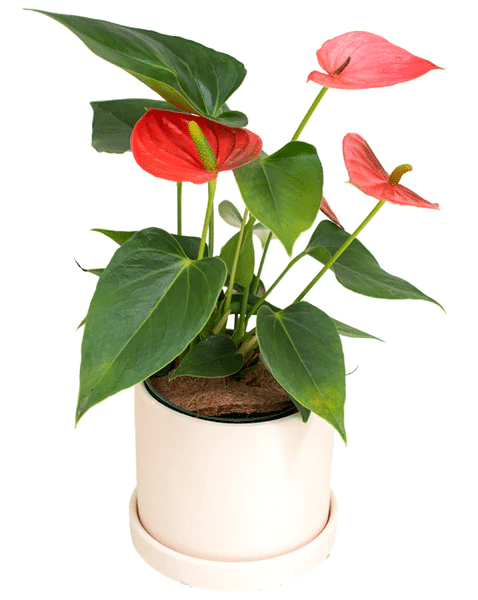
By understanding the basic care requirements, propagation techniques, and potential challenges associated with dracaena plants, you can ensure their health and vitality for years to come. So why not add a touch of tropical charm to your home or garden with the stunning and versatile dracaena plant?
Frequently Asked Questions
Does dracaena need full sun?
No, Dracaena does not need full sun. It will tolerate bright, indirect light, but should be kept away from direct sunlight as the leaves may scorch.
Keeping the plant in medium to bright indirect light and misting the leaves with water is recommended for optimum growth.
Are dracaena plants toxic to dogs?
In conclusion, dracaena plants can be toxic to dogs if ingested. Symptoms such as vomiting (with or without blood), appetite loss, depression, and increased salivation may arise.
Therefore, it is best to keep this plant away from pets.
How often to water dracaena?
Based on the most common advice, it is recommended to water dracaena trees every 10-14 days to keep the soil with an even level of moisture.
What is the ideal soil mixture for Dracaena plants?
When caring for Dracaena plants, the ideal soil mixture consists of equal parts peat moss, houseplant soil, and perlite to ensure they thrive in any environment.
Can Dracaena plants be propagated from cuttings?
Absolutely, Dracaena plants can be propagated from cuttings – a process which involves taking pieces of stem, root or leaf from a healthy plant and planting them in soil or water.
This process is relatively simple and can be done with minimal effort. Cuttings should be taken from healthy plants and placed in a potting mix or water. The cuttings should be kept moist and in a warm environment until they start to root. Once the roots have developed, the roots have developed.

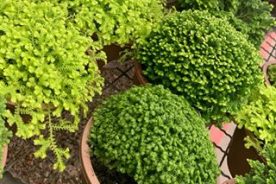
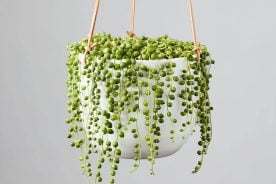


No Comments